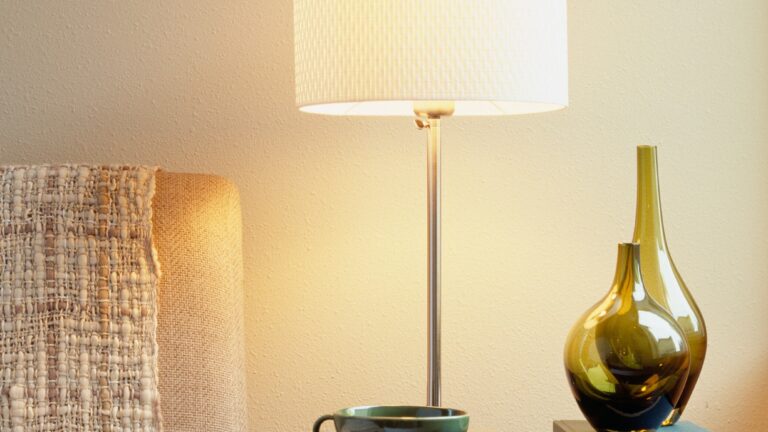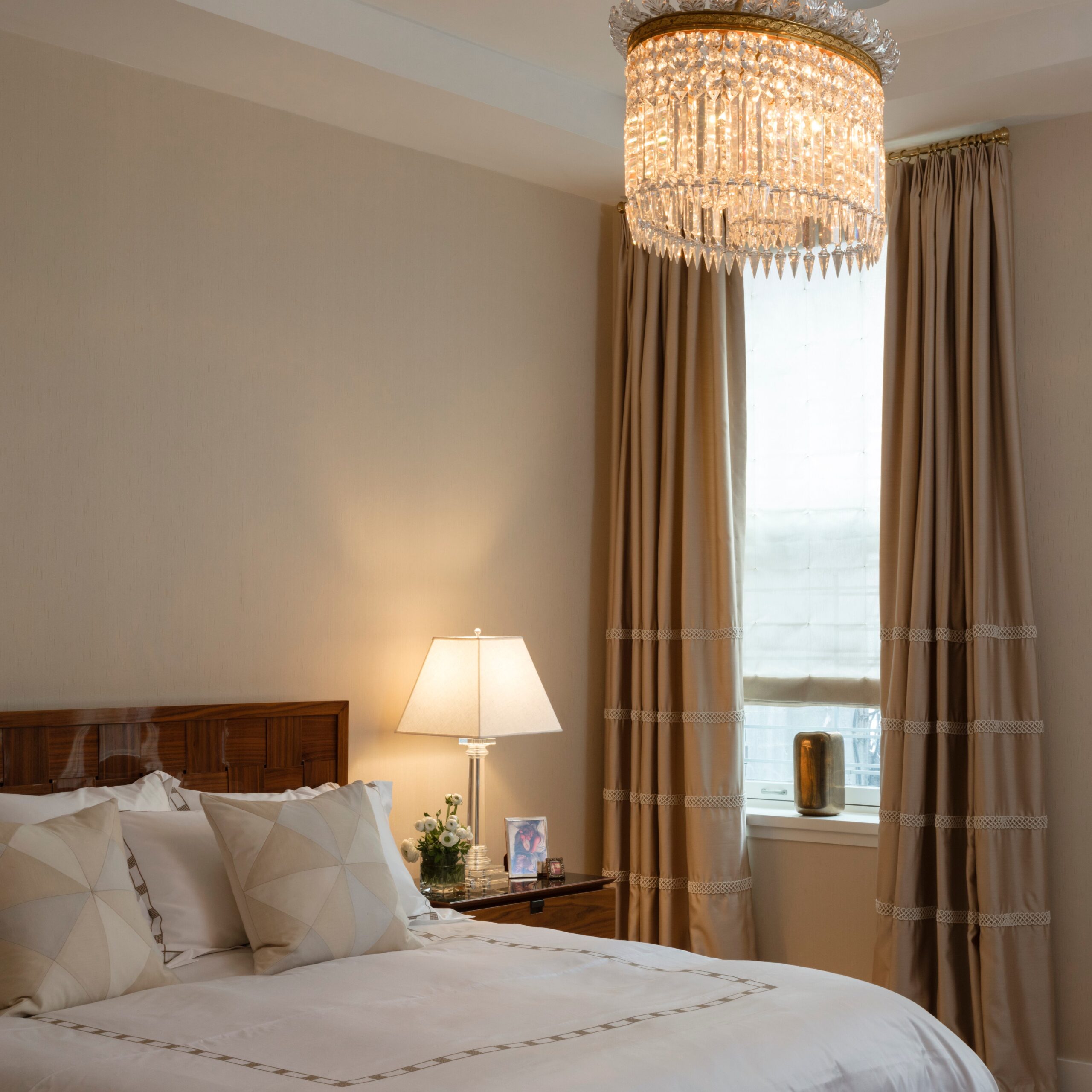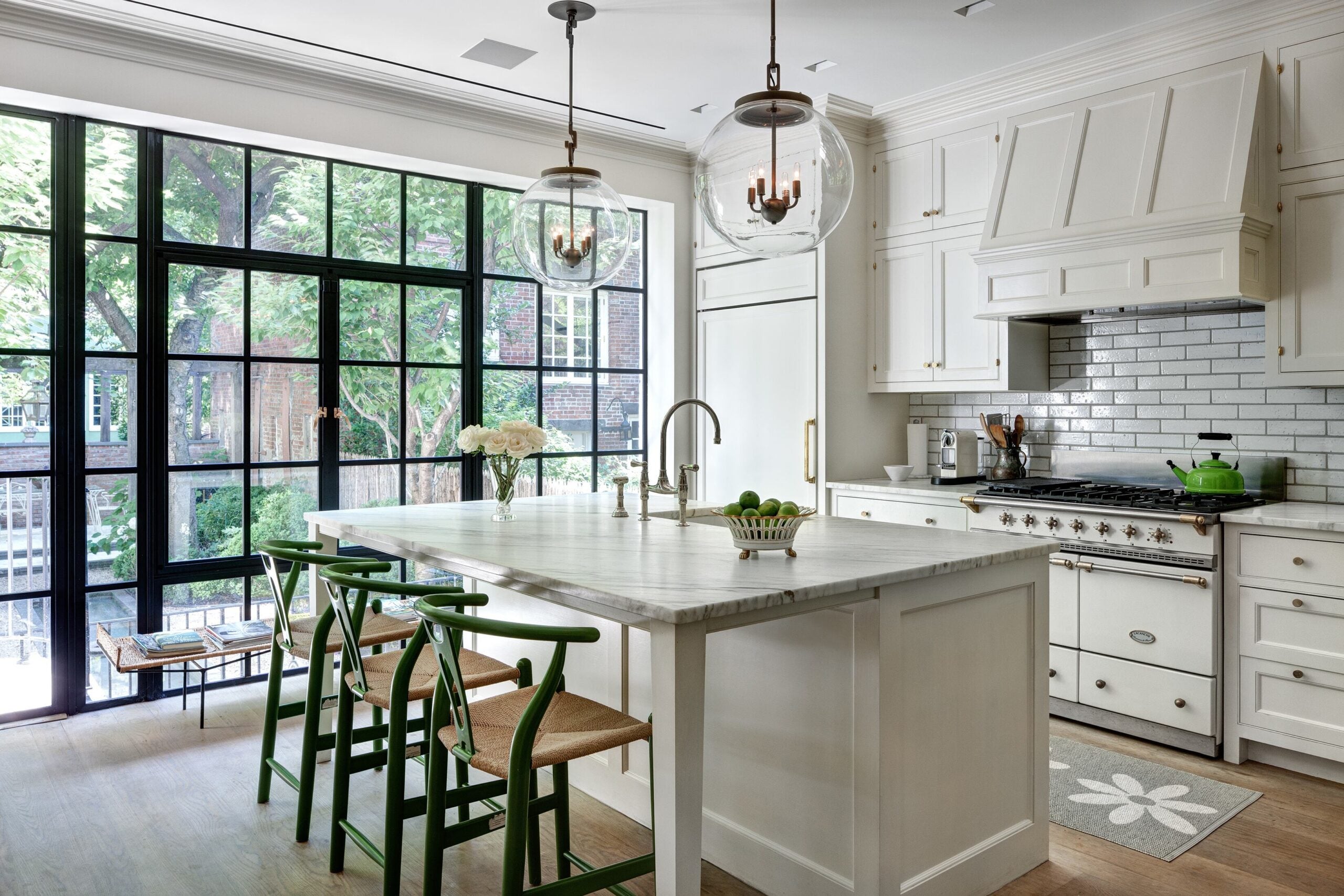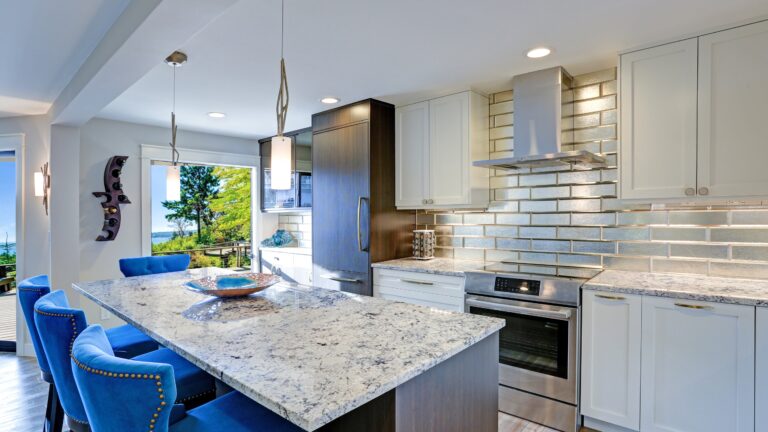Real Estate
From understanding ambient versus task lighting to creative ways of letting in natural light, here’s a guide to brightening your home.

It’s that time of year. The clocks are about to turn, and the days are getting shorter. Oh, and it’s getting cooler, too. No wonder that around this time of year better lighting — both natural and artificial — tends to make its way into our renovation discussions.
Switching
We consider switching to be just as important as the lighting layout itself. We like switching to allow a person to navigate through a space safely at night, so we utilize three-way switching whenever possible. Three-way switching refers to having two switches control one lighting source, the switching being on opposite sides of the room or hallway. The best example I use with clients is to imagine going to bed at the end of the night; You want to be able to turn off the kitchen lights behind you and turn on the hall/stair lights to get up into the bedroom area. Then you want to be able to turn off the same hall/stair lights behind you as you go to bed. Sometimes this involves four-way switching (three switches and a lighting source). In new construction, these switching patterns are required by code, but it’s not typically what we find in older homes.
Getting all these switches and lights wired together can be daunting since you may have to open sections of walls or ceilings to run the wires. But if you are simply trying to improve the safety of your home and want to incorporate three- and four-way switching, there is a less invasive option. You can install radio frequency (RF) switches that “talk” to each other over a distance. This allows you to install a single hard-wired switch that is connected to the lighting source. You can then install RF switches that simply mount to the wall, and those will act as the three- and four-way switching without cutting holes and running wires. The switches look a little different than typical switches that you may find in the rest of the house, but most clients find that an acceptable tradeoff for not ripping holes throughout the house.
Something that is also becoming more common is Wi-Fi- enabled lighting, which makes the switching and lighting patterns easier to navigate. These work on several platforms and can be incorporated into part of the house or the whole house. A word of caution for those who want to introduce smart lighting/switching into an existing home: Hire a pro who is competent with the new technology.

Ambient, task, and accent lighting
As important as switching is, it’s the lighting that gets clients excited. With the advent of LED lights, there are so many options available — we couldn’t possibly cover them all. For now, we will stick with general lighting concepts to make a home brighter and more in line with how the home is used. We typically focus on the “golden rule” of lighting, which is to layer the light in a room by function: ambient lighting, task lighting, and accent lighting. For example, in a living room, ambient lighting would be the recessed lights that are evenly spread out in the space; task lighting would be reading lamps on end tables or floor lamps. Accent lights take many forms, like up-lighting. In a kitchen, task lighting might include pendants over an island or under-cabinet lights; accent lights could be featured within cove molding around the ceiling perimeter, or placed around the toe kicks at cabinet bases, throwing a warm glow onto the hardwood floors. A very nice, unique look.
Temperature and brightness
Important elements to consider when choosing the lights themselves are color, temperature, and brightness. Temperature is measured in Kelvin and the lower the Kelvin, the warmer more yellow end of the spectrum you will get. Higher Kelvin produces bluer and colder lighting. LEDs allow dimming, temperature change, and even color change.

Natural light
Now that you have tackled better lighting and safer switching, it’s time to capture natural light. Many people think that means just adding more windows; It can be more complicated than that. In the city, for example, there could be restrictions on more windows on a particular side of the house that may require a variance. Windows on the street side are often balanced, lining up with each other and adding to the home’s always important curb appeal. Furniture placement is also a consideration.
Here are a few ways to welcome more natural light while keeping the interior and exterior of the house in character.
Hopefully some readers can use some or all of these ideas to help brighten their homes as we slowly enter the colder, darker days of winter.
Want to know something else? We encourage reader questions! We love reading them and hopefully helping you find solutions for the never-ending challenge of being a homeowner.
Mark Philben is the project development manager at Charlie Allen Renovations in Cambridge. Send your questions to [email protected]. Questions are subject to editing. Subscribe to the Globe’s free real estate newsletter — our weekly digest on buying, selling, and design — at Boston.com/address-newsletter.
Address Newsletter
Our weekly digest on buying, selling, and design, with expert advice and insider neighborhood knowledge.





